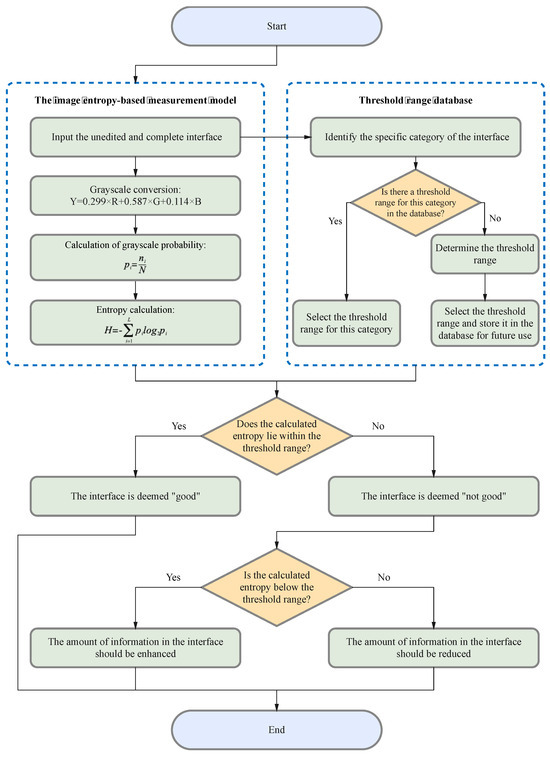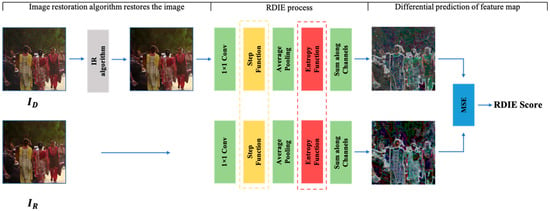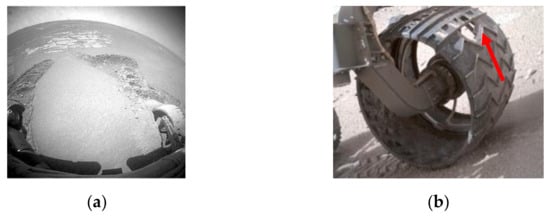Entropy in Image Analysis
A topical collection in Entropy (ISSN 1099-4300). This collection belongs to the section "Multidisciplinary Applications".
Viewed by 15706Editor
Interests: general physics and mathematics; optics; software; image processing applied to microscopy and satellite imagery
Special Issues, Collections and Topics in MDPI journals
Topical Collection Information
Dear Colleagues,
Image analysis is a fundamental task for extracting information from images acquired across a range of different devices. This analysis often needs numerical and analytical methods that are highly sophisticated, particularly for those applications in medicine, security, and remote sensing where the results of the processing consist of data of vital importance.
Since it is involved in numerous applications that require reliable quantitative results, image analysis has produced a large number of approaches and algorithms, sometimes limited to specific functions in a small range of tasks, sometimes generic enough to be applied to a wide range of tasks. In this framework, a key role can be played by entropy, in the form of Shannon entropy or generalized entropy, used directly in processing methods or in the evaluation of results, to maximize the success of a final decision support system.
Since active research in image processing is still engaged in the search for methods that are truly comparable to the abilities of human vision capabilities, I solicit your contribution to this Topical Collection of this journal, which is devoted to the use of entropy in extracting information from images and to the decision processes related to image analyses.
Dr. Amelia Carolina Sparavigna
Collection Editor
Manuscript Submission Information
Manuscripts should be submitted online at www.mdpi.com by registering and logging in to this website. Once you are registered, click here to go to the submission form. Manuscripts can be submitted until the deadline. All submissions that pass pre-check are peer-reviewed. Accepted papers will be published continuously in the journal (as soon as accepted) and will be listed together on the collection website. Research articles, review articles as well as short communications are invited. For planned papers, a title and short abstract (about 100 words) can be sent to the Editorial Office for announcement on this website.
Submitted manuscripts should not have been published previously, nor be under consideration for publication elsewhere (except conference proceedings papers). All manuscripts are thoroughly refereed through a single-blind peer-review process. A guide for authors and other relevant information for submission of manuscripts is available on the Instructions for Authors page. Entropy is an international peer-reviewed open access monthly journal published by MDPI.
Please visit the Instructions for Authors page before submitting a manuscript. The Article Processing Charge (APC) for publication in this open access journal is 2600 CHF (Swiss Francs). Submitted papers should be well formatted and use good English. Authors may use MDPI's English editing service prior to publication or during author revisions.
Keywords
- image entropy
- Shannon entropy
- Tsallis entropy
- generalized entropies
- image processing
- image segmentation
- retinex methods
- medical imaging
- remote sensing
- security













